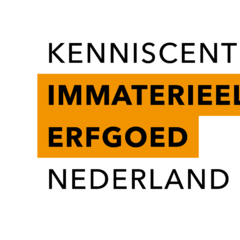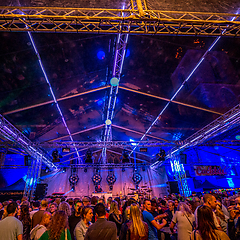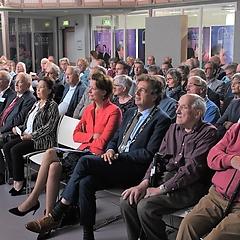A boermarke is by its origin a management organisation, in which the ‘neighbours’ are jointly responsible for commonly owned land. The boermarke does not have its initial power anymore. The emphasis has shifted to the care for the quality of life within the area. Examples are the maintenance of shelterbelts and groves, meadow bird management and biotope improvement. A boermarke consists of a number of waardeel (share) holders, from whom a board is chosen. The board members receive the title of volmacht (proxy). Income is generated by the rental of common hunting grounds. The boermarkes can be locally active in many fields. Once a year the board gives an account to the members during an annual general meeting.



